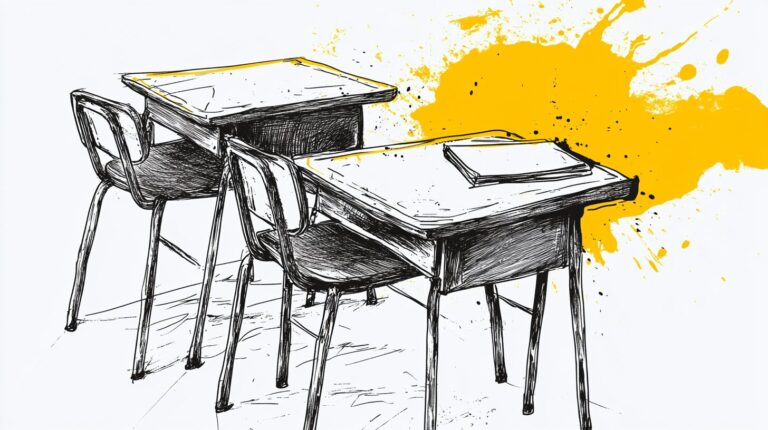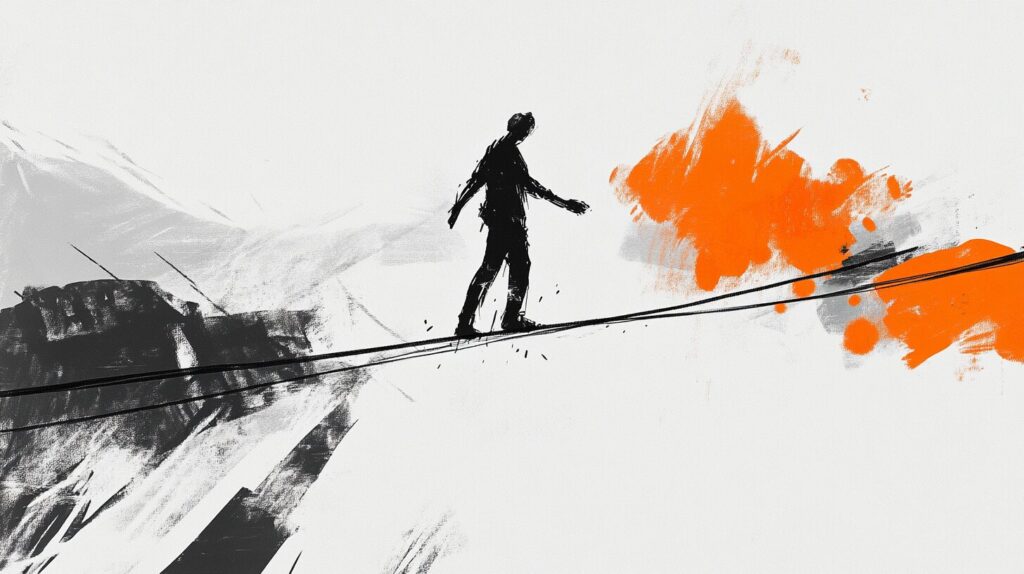Most people don’t fear change itself.
They fear what change might cost them.
A loss of comfort. A loss of status. A loss of control.
Which is why the best leaders don’t eliminate change—they normalize it.
They make change part of the rhythm.
Part of the culture.
Part of what’s expected.
It’s Not Fatal
There’s a school teacher who does something simple.
At the start of every month, the students walk in to find the desks rearranged.
- Nobody sits in the same spot.
- Nobody has the same neighbors.
- Nobody gets to claim their “usual seat.”
The kids groan.
They were comfortable. They had their spots.
But after a few days, something interesting happens:
- They stop groaning.
- They start expecting it.
- They get used to the shift.
The teacher does this for a reason—to show them that change isn’t catastrophic.
That sitting in a new spot, working with a different classmate, adapting to a new view of the whiteboard—it’s not the end of the world.
It’s just different.
And once they learn to roll with the small changes, they become more open to the big ones.
A Resilient Culture
That classroom?
It’s a microcosm of every business, every creative career, every team, every marketplace.
These people will eventually face real changes. New ideas, new competitors, new tools, new expectations.
And when those moments come, they will react in one of two ways:
- The first group will resist. They’ll cling to the familiar. They’ll waste time debating whether change is necessary instead of moving forward.
- The second group will adapt. They won’t panic. They’ll ask, “Okay, what’s next?” instead of “Why can’t we go back?”
That second group wins.
The businesses that thrive? They assume that sticking with what worked yesterday isn’t a viable option.
The creatives who stay relevant? They embrace new tools, new platforms, new styles, new audiences—before they have to.
The most dangerous assumption in work, in business, in life?
That the status quo will stay put.
It won’t. It never does.
How to Train Yourself (and Others)
If you want to lead—whether it’s your career, your company, or your creative work—you need to build a culture where change is expected, not feared.
1. Remove the “should we change?” question from the table.
Most people get stuck debating whether a change is necessary. The real question is, “Which option moves us forward?” A or B? Because staying put isn’t an option.
2. Make small changes regularly.
Like a teacher rearranging desks, normalize small shifts before big ones happen. Change how you run meetings, change your workflow, change where you work—so when a bigger shift arrives, it’s just another adjustment, not a crisis.
3. Reward adaptability, not just results.
If the only thing you reward is success, people will avoid uncertainty. But if you recognize and reinforce resilience, flexibility, and learning from mistakes, you build a team (or a mindset) that sees change as a challenge, not a threat.
What Happens When You Embrace Change?
You become harder to rattle.
You start making decisions faster.
You stop waiting for the “right” time.
The people and businesses that succeed long-term aren’t the ones with the perfect plan.
They’re the ones who keep moving.
Change is coming.
Will you fight it? Or will you lead it?
If you enjoyed this post, please consider sharing it with someone else who might too–the buttons below can help.
Thank you!




